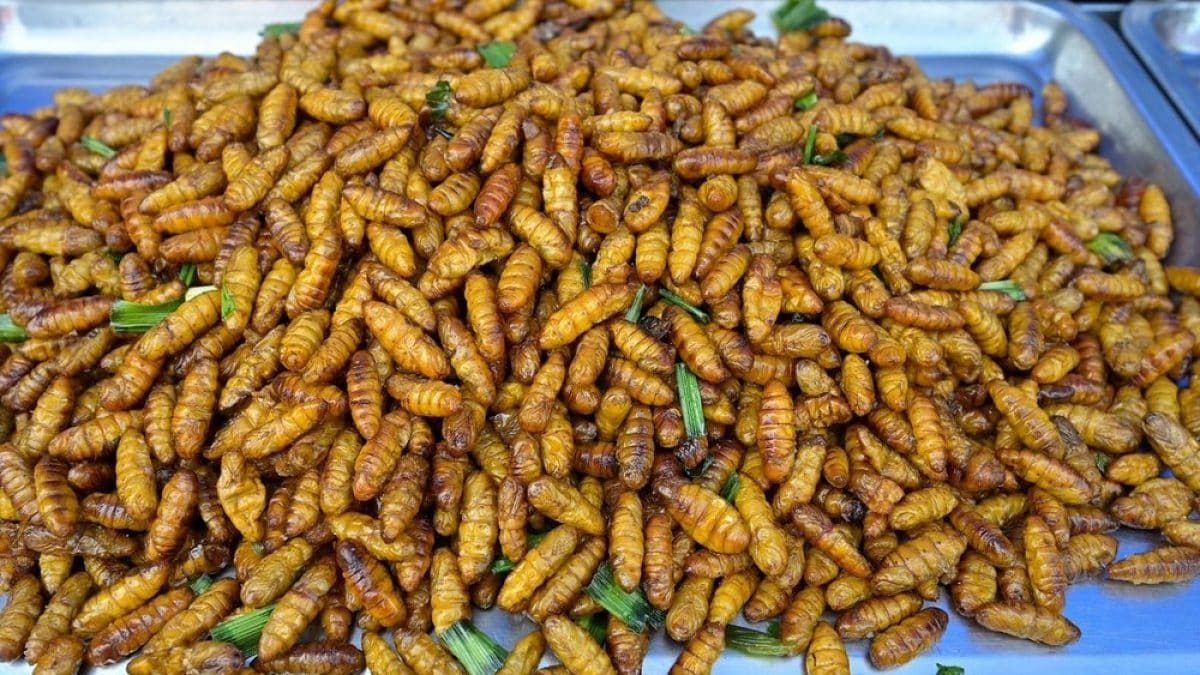
Global gastronomy is a kaleidoscope of flavors, ingredients, and traditions, in which each culture has developed its own tastes over time, often in response to the territory, climate, availability of resources, and social and religious rituals. What for some peoples is an indispensable delicacy may be at the very least curious, if not downright repulsive, for others. Food, after all, is never just nourishment: it is history, identity, memory, but also habit and subjectivity. And it is precisely in this complexity that the allure—and conflict—of global cuisine lies.
TasteAtlas, a renowned international platform that collects reviews and opinions on traditional dishes from around the world, has published its latest ranking of the world's least popular dishes. A sort of culinary anti-ranking, it ranks the traditional dishes that have received the lowest ratings from the platform's users. The result is a surprising and fascinating list, which leads us to explore some of the most controversial, forgotten, or misunderstood preparations in global gastronomic tradition.
1. Svið (Iceland)
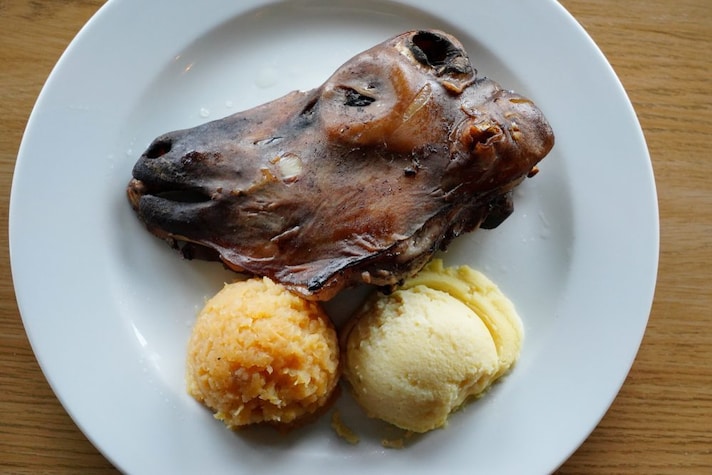
One of Iceland's most iconic (and divisive) specialties: a sheep's head is cut in half, charred to remove the fur, and then boiled. It's eaten whole, eyes included. Part of the traditional Þorrablót, it's a reminder of Icelanders' roots for many, but for those unfamiliar with it, it can be visually shocking and unappetizing.
2. Blodpalt (Lapland, Finland)
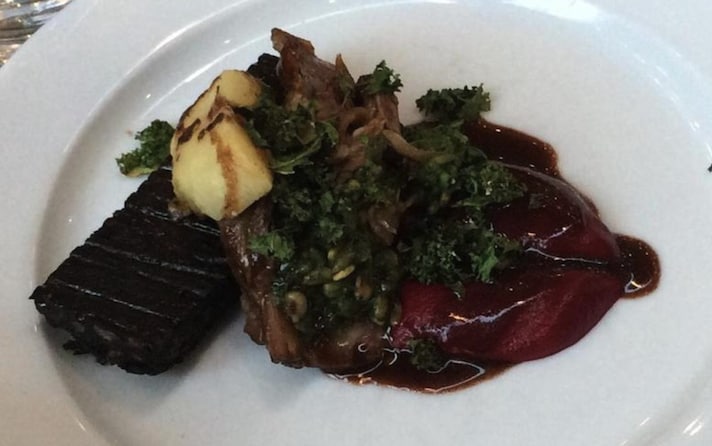
Dark dumplings made with reindeer or pork blood mixed with flour. Dense, rich in iron, and often served with bacon and lingonberry jam. A humble and ancient dish, steeped in Nordic history, but with a flavor and texture that often puts off those who didn't grow up with these flavors.
3. Þorramatur (Iceland)
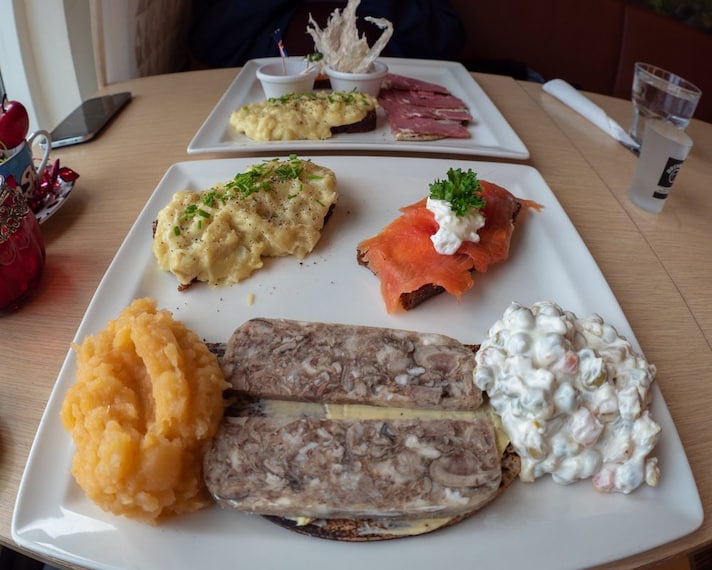
More than a dish, it's a veritable assortment of traditional Icelandic foods, served during the month of Þorri. It can include fermented shark, sheep's head, smoked offal, and blood sausage. For Icelanders, it's a celebration of identity; for many tourists, it's an extreme undertaking.
4. Truchas in Navarra (Spain)
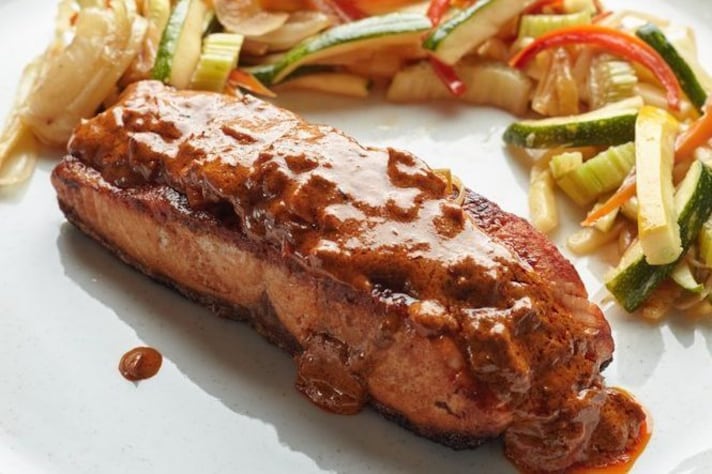
A trout stuffed with Serrano ham and then fried. The pairing may seem interesting on paper, but the heavy preparation and the combination of seafood flavors and cured meats won't appeal to everyone. Some find it too fatty or simply inconsistent.
5. Chapalele (Chile)

A potato and flour bread typical of the island of Chiloé, often baked in a traditional curanto, a deep-dug oven. Although an integral part of the local culinary culture, it is sometimes criticized for its chewy texture and rather neutral flavor.
6. Jellied Eels (England)
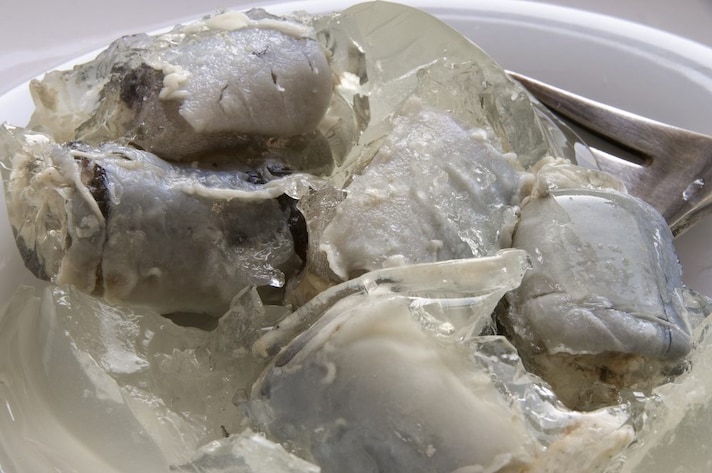
The famous "jellied eels" of London's Cockney tradition. Boiled and left to cool to form a natural jelly, they are served cold. For many Brits, they evoke childhood memories, but for visitors, the taste and texture are often unpleasant.
7. Ramen Burger (United States)

A culinary experiment born in New York that replaces the classic hamburger bun with two discs of fried ramen. Born as a viral street food, it's now often criticized for being impractical, unbalanced, and more spectacular than delicious.
8. Blodplättar (Sweden)

Dark blood fritters, popular in Scandinavian cuisine. They can be served with jam or sour cream. Their strong, rusty flavor, combined with their thin but spongy texture, make them unpopular outside their native region.
9. Hon Mhai – Fried Silkworms (Thailand)
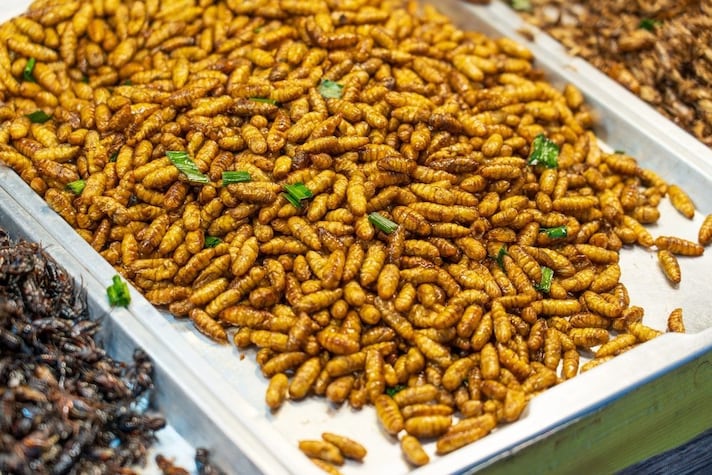
Fried insects, crispy on the outside and slightly bitter on the inside, are a very common snack in Thailand, often sold on the street. Rich in protein and considered healthy, they remain a cultural obstacle for many Westerners.
10. Aginares Salata (Greece)
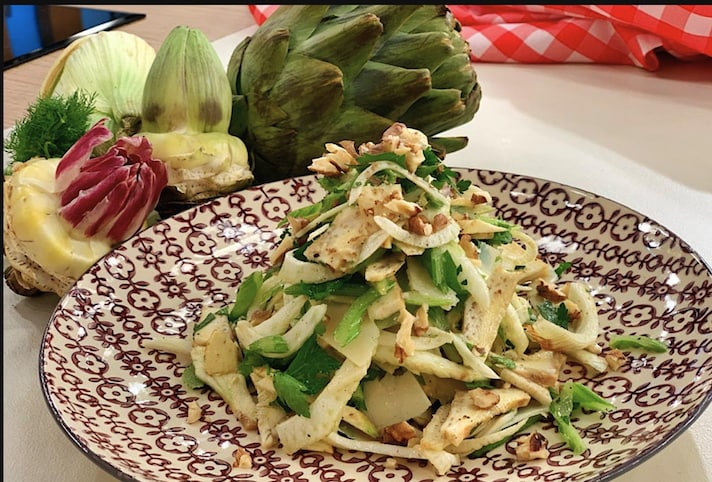
A Cretan salad made with raw artichokes dressed with lemon, garlic, mustard, and dill. Fresh and light, but the herbaceous flavor and stringy texture of raw artichokes aren't everyone's cup of tea. Some find it too green or lacking in depth.
Culinary Heritage Debated, But Respected
Many of the dishes on this list aren't simply bizarre: they are testaments to a culture, born of specific historical contexts, limited resources, and necessity transformed into tradition. Despite their low ratings, each of these dishes deserves respect for what it represents. The encounter (and clash) of different gastronomic cultures can make us reflect on our food prejudices and how fluid the very concept of "good" is. Because taste is personal, but food is always culture.
;Resize,width=767;)
